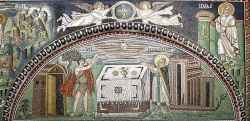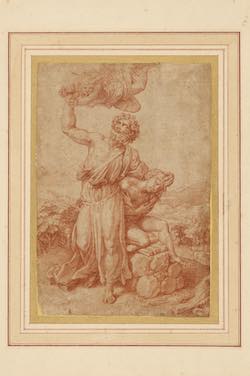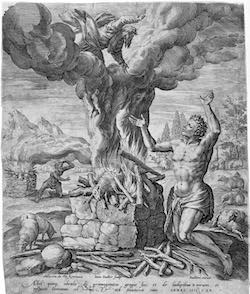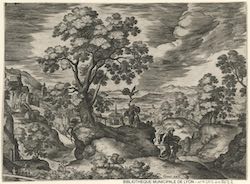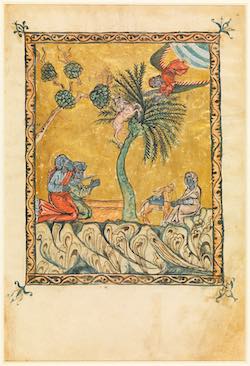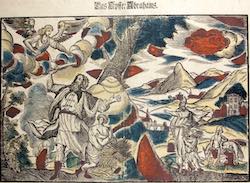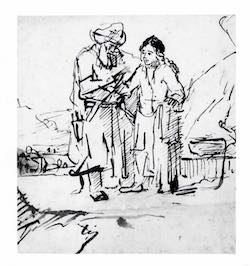Topic: 1. Sacrifice and Bible (16th-18th Century)
The Bible, with its plethora of examples of sacrifice and self-sacrifice, plays a pivotal role in shaping the discourse on sacrifice in the early modern world.
This section includes:
- Sources: A broad selection of early modern writings, encompassing biblical exegesis, theological and philosophical interpretations, various translations, prayer books, and hymns.
- Iconographic Representations: This visual collection showcases early modern depictions of biblical sacrifices, including key scenes like the Sacrifice of Isaac as interpreted in Jewish, Christian, and Islamic traditions.
- Related Bibliography: Complemented by a comprehensive bibliography of scholarly works from the 19th to 21st centuries, offering modern perspectives and analyses of these historical interpretations.
Lectures on the Religion of the Semites. Fundamental Institutions. First Series
New York: Meridian Library, 1956 [1889].
Sacrifices of Abel, Abraham and Melchizedek
Sant'Apollinare in Classe, Ravenna
Sacrifice of Isaac (1516-1518)
Getty Museum, Los Angeles
La Rappresentatione di Sansone
Florence: n. p., 1550.
The Sacrifice of Abraham (1612-1613)
The Nelson-Atkins Museum of Art, Kansas City
“The fathers slaughter their sons”: Depictions of the Binding of Isaac in the Art of Medieval Ashkenaz In: IMAGES Author: Shalom Sabar
in: Images, v. 3 (2009), issue 1: pp.9–28.
Sacrifice of Abel
from: Istituto Centrale per la Grafica
Gabinetto Disegni e Stampe, Fondo Corsini; volume 36H3
The Sacrifice of Isaac (16th Century)
Bibliothèque municipale, Lyon
Sacrifice of Lystra (1515)
Victoria & Albert Museum, London
The sacrifice of Isaac (1311)
from: Gospels, Armenia
Harvard University, Biblioteca Berenson, 9511282
The Sacrifice of Abraham (1720)
Staatliche Museen zu Berlin, Kupferstichkabinett, Berlin
The Angel with the Ram in Abraham’s Sacrifice: A Parallel in Western and Islamic Art
in: Ars Islamica, v. 10 (1943), issue --: pp.134-147.
Physique sacrée, ou Histoire naturelle de la Bible
Amsterdam: Pierre Schenk - Pierre Mortier, 1732 - 1737.

